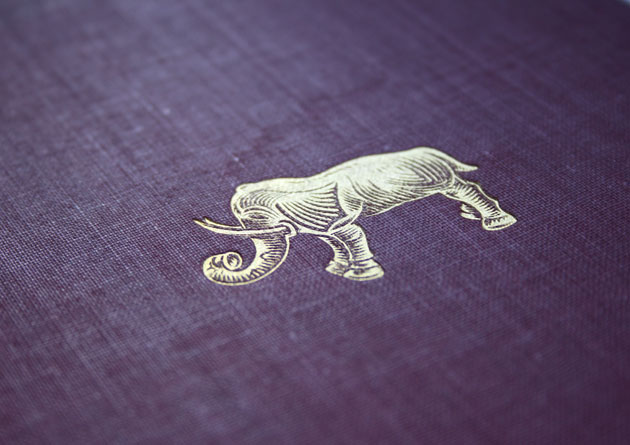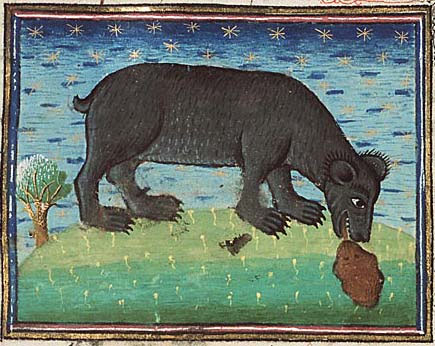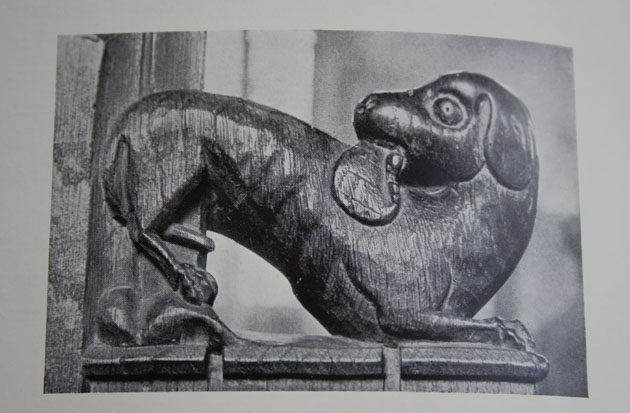Lick into shape
The illustration on the front of this little book drew me to it, and then when I read the spine ‘Animal Carvings’, I couldn’t resist. It is by M D Anderson, who also wrote The Medieval Carver, and was published in 1938 by Cambridge University Press.

Medieval thinking was very different, and understanding it a little goes a long way to appreciating the animal carvings and their ‘peculiarities’. The beliefs and associations in the Middle Ages which led to the animal carvings were heavily influenced by the Bestiary, Aristotle’s History of Animals and Pliny’s Natural History. Some of the writings at the time were misinterpreted, or badly translated, but in any case were more full of wonders than facts.
Often the animal carvings held deep symbolism and this meaning was closely connected to religious teaching in the form of parables.
I’m finding it fascinating – for instance, the saying ‘to lick into shape’ came from the idea that the bear cub is born as a shapeless and eyeless lump of flesh, which the mother bear shapes into its proper form by licking it.

It is really not surprising that the animal carvings of the time are so vivid and characterful, all invested with and drawn from strong belief, fear, and colourful fascination and imagining about how nature worked.

One of the carvings in the book – a dog licking itself, from the stalls and benches at Lakenheath, Suffolk
It makes me ask the question about my carvings, do they speak of my time, beliefs, ideas and understanding, perhaps my approach is simpler? I suppose the amazing thing is that as a sculptor, and animal carver I can ‘lick’ the stone into shape in any way I want.

4 Comments
A fascinating post (as ever), Jennifer. My eye was immediately caught by that elephant (having thrown a friend a link to another giant this morning – Jonah’s whale in a church we used to visit when I was a teenager in Norfolk).
Lakenheath is not too far from my neck of the woods, so when we go next to look for Common Crane (seen a couple of times) and Golden Oriole (yet to see) on the Lakenheath reserve, perhaps we can see if the church is open. The next book waiting for me is on Aristotle
I love the Johah detail and it is a story I would love to illustrate with sculpture (I’ve wanted to for quite a while actually!) Do hope you get to see the Golden Oriole, what a treat it would be. The Lagoon looks brilliant and in fact is too irresistable (very much my sort of read I think) and I will no doubt have my own copy very shortly – thankyou for the links!
And just to add that another book you might be interested to investigate is ‘The Pinecone’ by Jenny Uglow, concerning a young woman around the time of Wordsworth, and her desire to use aspects of nature as inspiration for church architecture/decoration. The pinecone was a supreme example with its sculptural form and mathematical design. I don’t mean to bombard you with book ideas, but this one is (in my opinion) a little out of the ordinary.
Does sound good – I don’t mind book recommendations at all. My copy of The Lagoon arrived just today, can’t wait to get stuck into it. Look forward to discussing with you when I’ve read it!